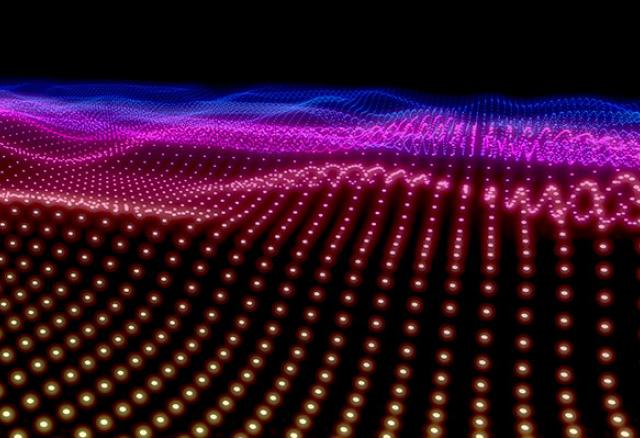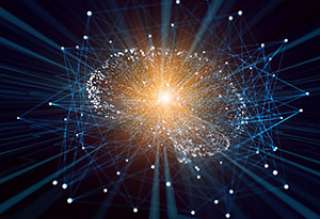Bayes’ Rule Using Imprecise Probabilities
Bayes’ rule, as one of the fundamental concepts of statistical signal processing, provides a way to update our belief about an event based on the arrival of new pieces of evidence. Uncertainty is traditionally modeled by a probability distribution. Prior belief is thus expressed by a prior probability distribution, while the update involves the likelihood function, a probabilistic expression of how likely it is to observe the evidence.









